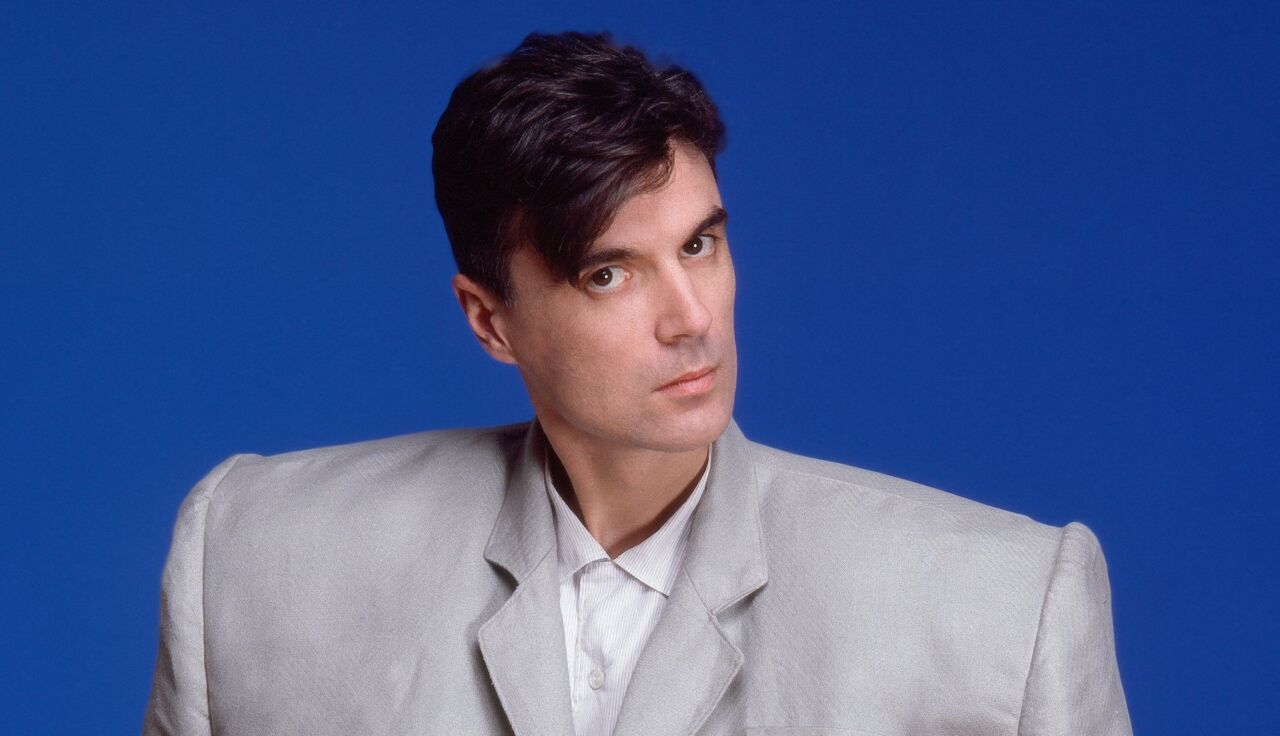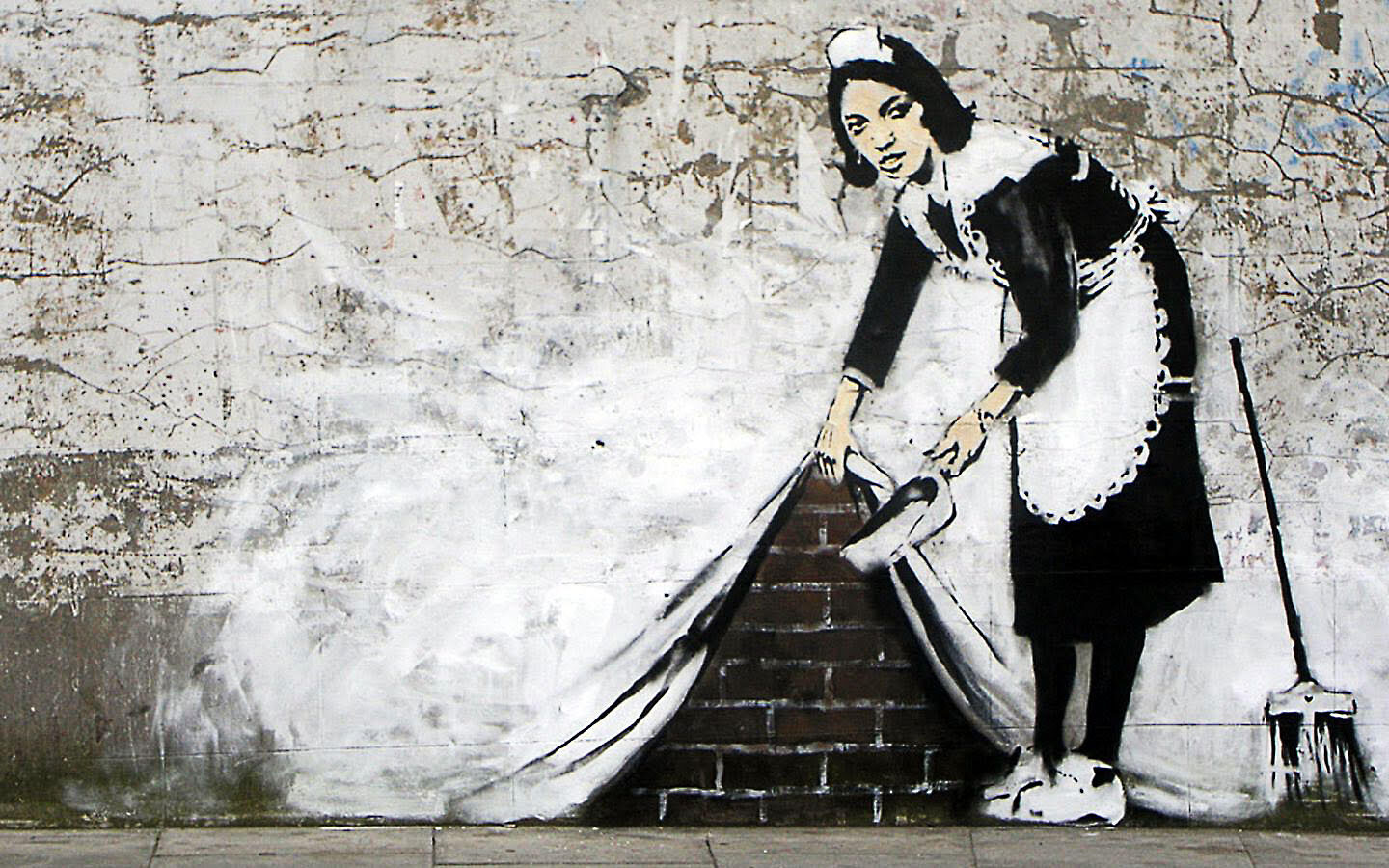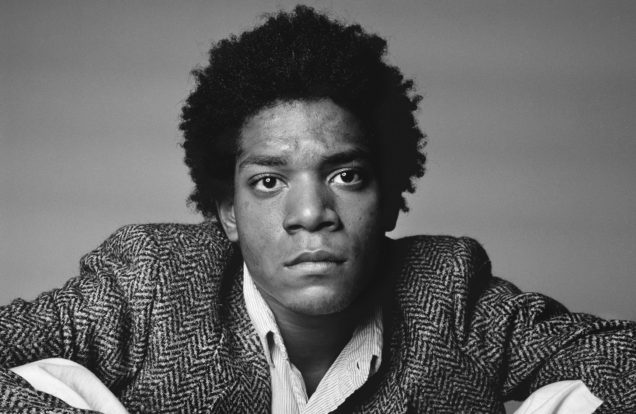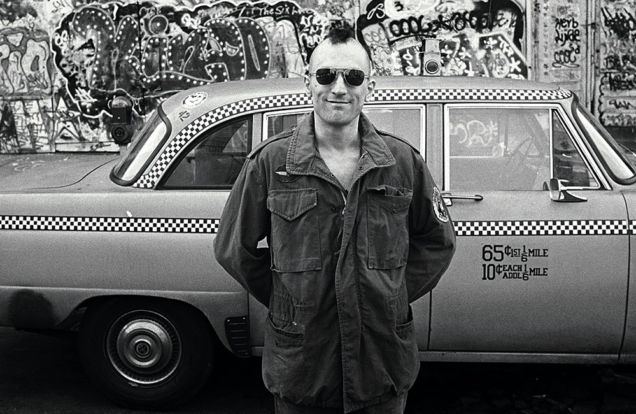STREAM 2 DOUBLE FEATURES
Basquiat & Banksy + The Band & Talking Heads


Too much time on your hands? PROVOKR has curated a couple of double-features to help fill it! If you are up for an artsy weekend, hit the streets with Basquiat and Banksy in Downtown 81 and Exit Through the Gift Shop, and if you are jonesing for some live music, catch The Band and Talking Heads in the classic rock-docs The Last Waltz and Stop Making Sense.
DOWNTOWN 81/EXIT THROUGH THE GIFT SHOP
Shot in 1981 but not released until 2000, cult film Downtown 81, written by late writer and GQ Style Guy Glenn O’Brien, gives us a glimpse of New York City in full grit. Not quite fact, not quite fiction, this unusual hybrid follows Jean-Michel Basquiat through the streets of the Lower East Side decades before they were lined with upscale boutiques and multi-million-dollar condos. After a stay in the hospital for reasons unknown, Basquiat gets kicked out of his apartment and wanders the streets looking for a place to crash. Along the way he has run-ins with various downtown luminaries like John Lurie, Debby Harry and Fab 5 Freddy, and catches performances by Kid Creole and the Coconuts, James White and Arto Lindsay. While then-19-year-old Basquiat is our guide, this isn’t so much a film about the artist as a young man as it is a portrait of a place and time, a poetic homage to a city long, long gone, which is not to say that we don’t see him in action — just watch what he does to a Man Ray catalogue while sitting in a lobby waiting for a friend.
Fast-forward 30 years after Basquiat and Downtown 81 to the Banksy-directed Exit Through the Gift Shop, a 2010 documentary about the reemergence of street art at the turn of the millennium. The film tracks Thierry Guetta, an amateur filmmaker obsessed with tracking down Banksy and capturing street artists in action, as he himself transforms into a street artist called Mr. Brainwash. No, you are not going to discover the true identity of Banksy, but you are going to see incredible footage of him and other street-art stars like Shepard Fairey leaving their large-scale marks on facades and rooftops. It is a wry, unique film that, like Downtown 81, blurs the line between fact and fiction while simultaneously documenting a watershed moment in the history of art.
THE LAST WALTZ/STOP MAKING SENSE
What do you get when you put together a brilliant director and a legendary rock band? If all aligns, a cinematic masterpiece. Two of the best (the two best, to many), The Last Waltz and Stop Making Sense, are playing on a television or device near you, and if you haven’t seen them, haven’t seen them in a while, or are longing for at least the illusion of seeing some live music, set yourself up with a double-bill this weekend featuring The Band and The Talking Heads. Even if you aren’t a fan of either group, both of these films deliver a cinematic experience that goes well beyond the music.
Martin Scorsese set the rock-doc bar high when he filmed The Band’s final concert on Thanksgiving Day 1976. The Last Waltz is a portrait of a band both at the height of its fame and the end of its journey, a bittersweet point that comes across in the interviews with the band members, which are intercut with the concert footage. There is a palpable air of sadness as it becomes increasingly clear that not all of them are behind the breakup, giving The Last Waltz depth and poignancy you won’t find in a straight-up concert film. The music is incredible throughout, with performances by Bob Dylan, Neil Young, Joni Mitchell. Van Morrison and, of course, The Band. (Of note, a new documentary about The Band, Once Were Brothers, is currently streaming as well. Exec-produced by Scorsese, the film reflects on the band’s origins up through The Last Waltz, from the perspective of founding member Robbie Robertson).
No other film conveys the experience of being at a rock concert like Jonathan Demme’s Stop Making Sense. From the moment Talking Heads front man David Byrne takes the stage and delivers a solo rendition of “Psycho Killer,” we are transported to the front row of the Pantages Theater in Hollywood, while Byrne is simultaneously transported to the viewer’s living room. It is a brilliant feat in sleight-of-hand filmmaking. Shot over the course of four performances, the footage is blended to give the impression of a single concert in real time, and because a camera can go where no audience member can, the viewer is both right up there on the stage and in the back row watching the action unfold: it’s the best seat in the house and in your house. As the film progresses, more musicians teem the stage and the backdrop morphs from spare to majestic: We see the inner mechanisms at work without noticing, and thanks to Demme’s invisible presence, the genius of Byrne and the Heads shines bright. And let’s not forget about the big, white zoot suit, which, iconic as it is, never ceases to amaze.


